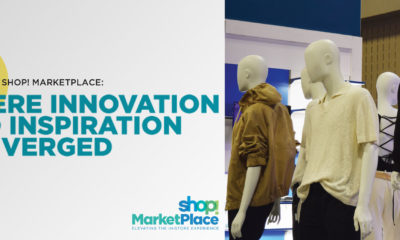There was a time, I’m sure, when a large company’s charitable activities or public works were hailed as admirable, and that was it. “Good for good old XYZ Corp., sending food to Ethiopia!”
Nothing anymore is treated as lightly as that, and nobody takes “oh!” for an answer. Everything has a back story to be analyzed and sub-analyzed.
Case in point: Toms Shoes, which gives shoes to impoverished children around the world. Since its founding in 2006, Toms has given away more than 2 million pairs. And in the process it has pioneered the “buy one, give one” charitable model that has inspired a great many other companies.
Toms has made public the four pillars of its giving program: 1. identify communities that need shoes; 2. give shoes that fit; 3. help its shoes have a bigger impact (as part of larger health and education programs supported by other giving organizations); and 4. give children shoes as they grow – it’s not one pair and out.
Good for good old Toms! Or not.
Enter Adriana Herrera, ceo of Fashioning Change, which monitors the philanthropic activities of apparel brands. Do they protect the earth? Do they employ sweatshop labor? Are they charitable?
Advertisement
So she must love Toms. Well, it seems, she doesn’t.
Even Herrera has acknowledged, in a blog she writes for The New York Times, “It would be hard to fault an organization that helps people and children get the things they need to survive and even thrive.”
But that doesn’t stop her. “Here’s my concern,” she writes. “Rather than solve the root cause of why children don’t have shoes, Toms has created a business model that actually needs poor children without shoes in order to sell its shoes. Those children are an essential part of the company’s marketing.” That’s cold!
She feels it would be better if Toms were creating jobs, not merely supplying shoes. “Imagine the positive impact Toms could have if it were to use every decision in its supply chain to address the causes of poverty,” she writes. Yes, because no shoe company has ever been criticized for setting up manufacturing facilities in impoverished countries.
Look, Herrera and her organization devote their lives to this subject. I just happened by one article I read; but there must be lots of other companies she could be criticizing. I can’t imagine her organization was founded to expose shoe companies that give away shoes.
Then again, in this day and age, nothing is taken at face value. Not even face value.
Advertisement


 Headlines2 weeks ago
Headlines2 weeks ago
 Headlines2 weeks ago
Headlines2 weeks ago
 Headlines2 weeks ago
Headlines2 weeks ago
 Headlines1 week ago
Headlines1 week ago
 Specialty Non-Apparel1 week ago
Specialty Non-Apparel1 week ago
 Headlines5 days ago
Headlines5 days ago
 Headlines4 days ago
Headlines4 days ago
 Headlines1 week ago
Headlines1 week ago















